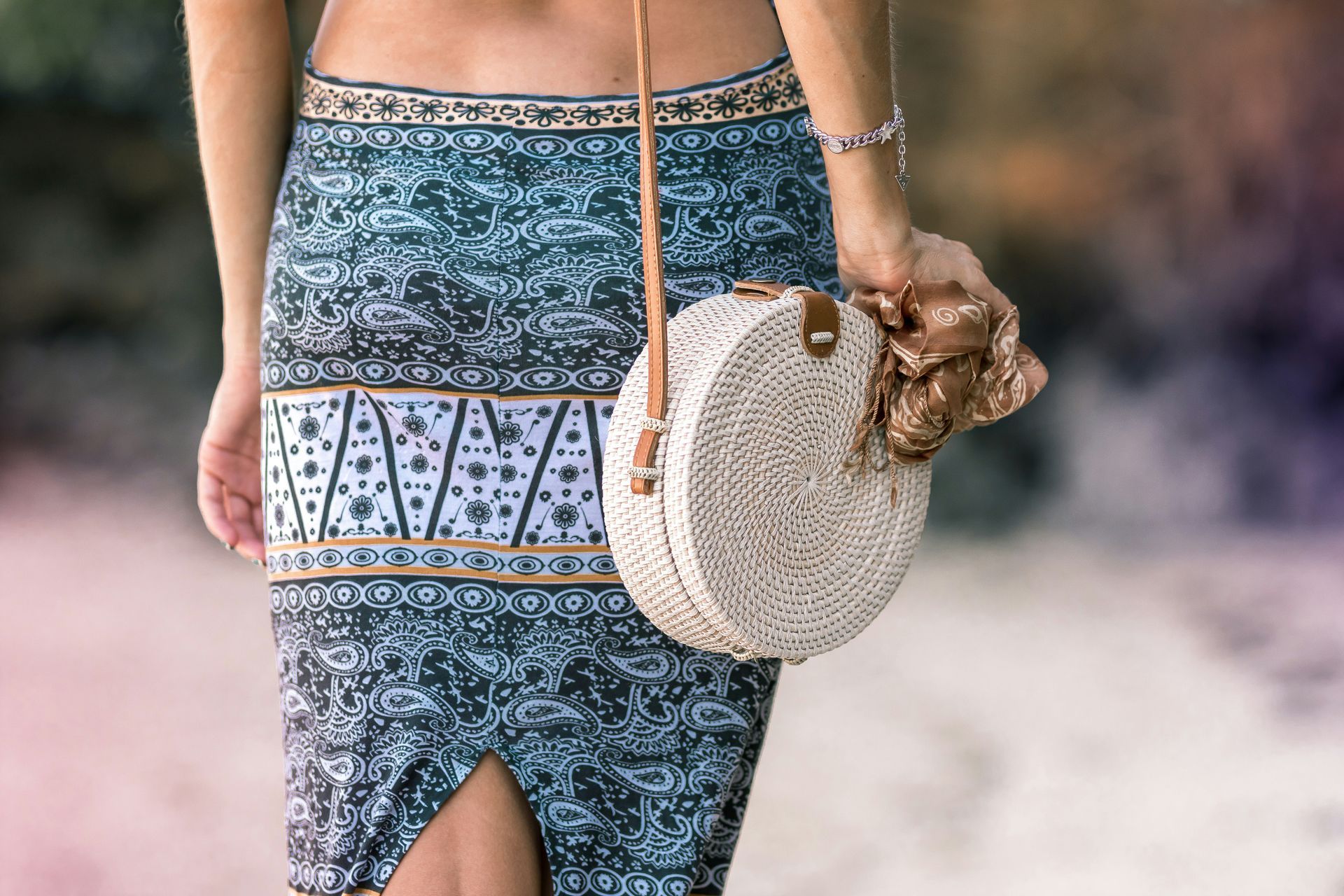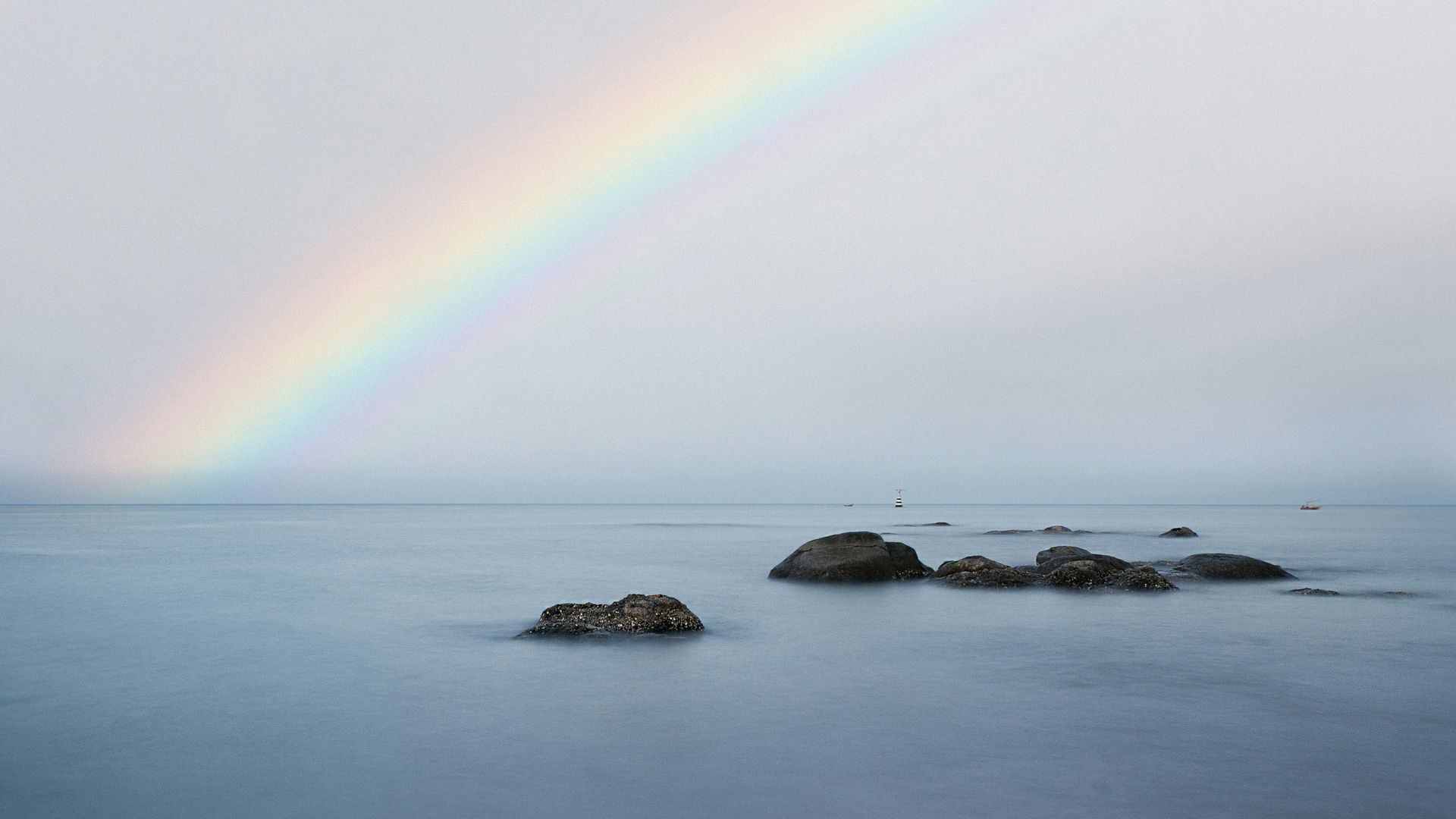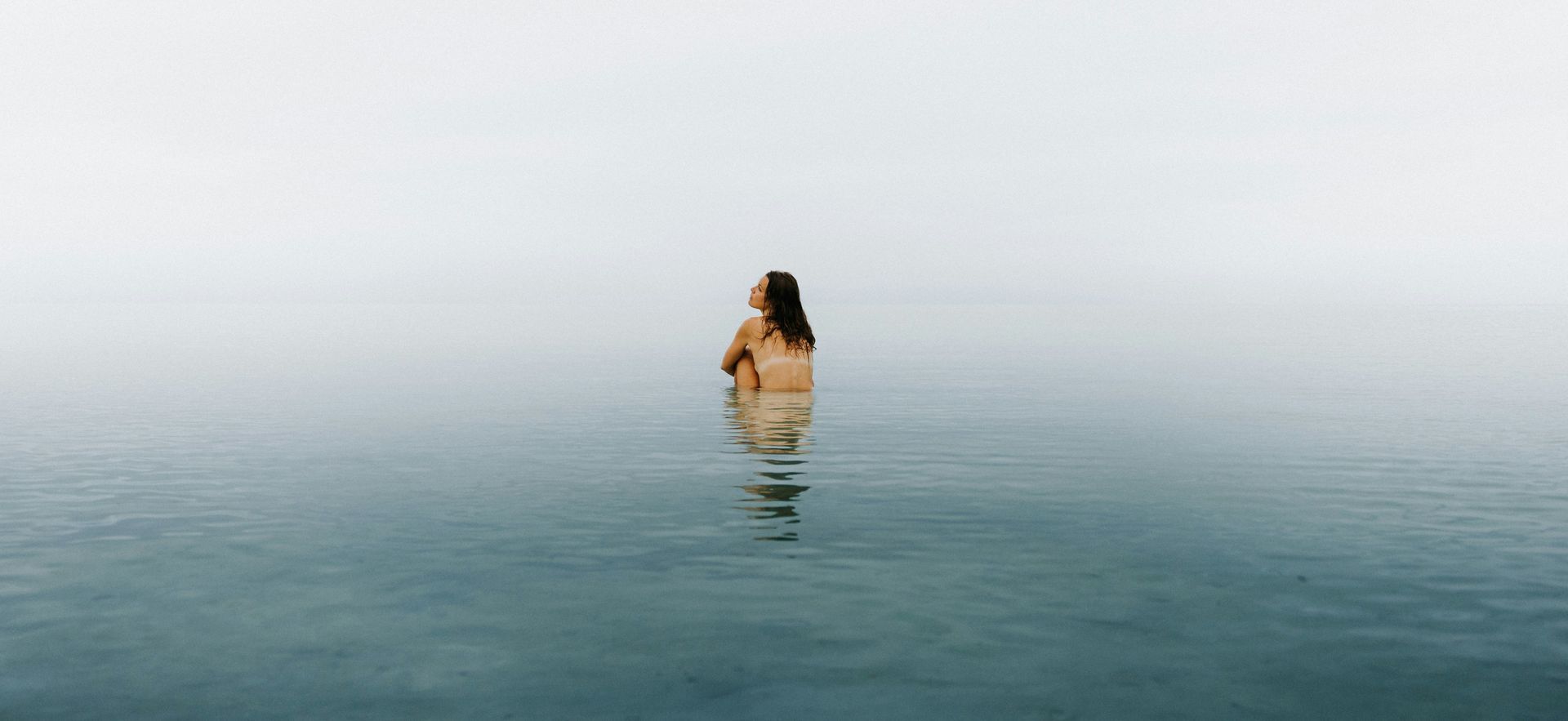Can I take jewellery in my hand luggage? And other top jewellery travel tips.

Travel Tips with Jewellery
For as long as humans have journeyed across oceans and deserts, or through forested paths, we’ve carried with us small, beautiful things. Jewellery, durable and hand-forged, has travelled through time not just as ornament, but as amulet, talisman, and token. Across cultures and centuries, it has offered protection, carried prayers, and marked rites of passage. From the Eye of Horus in ancient Egypt, believed to guard travellers and the deceased on their final voyage, Medieval pilgrims with cross-shaped tokens , or carved Celtic silver worn to shield the wearer from spirits or misfortune, jewellery has been both a companion and talisman.
As they journey with us, these pieces of jewellery become part of the memory- the necklace that caught the light on a sun-drenched terrace in Lisbon, the ring that clinked gently against a wine glass at sea, the earrings still scented faintly with salt after a morning on the coast. We create our own Boho Silver pieces with the hope that they not only complement your travels, but quietly accompany them to serve as quiet protectors and memory keepers.
So whether you’re boarding a plane, crossing moorland, or sinking your toes into salt-wet sand, this guide offers advice on how to travel with your jewellery—ensuring every ring, pendant and bracelet continues to endure and witness any adventure you choose to go on.
1. Choose Solid Metals Over Plated Pieces
When packing jewellery for travel, opt for solid metals such as sterling silver or 9ct/18ct gold. Unlike plated or vermeil alternatives, solid metals are less vulnerable to wear, water exposure, and chemical reactions. They age gracefully, acquiring a soft patina rather than degrading. At Boho Silver, we use only solid sterling silver and gold, so your pieces stay luminous whether you’re swimming in saltwater or wandering sun-soaked streets.
2. Minimise Moisture
Jewellery and water may share a romantic history, but not always a practical one. While solid metals are durable, even they can tarnish in prolonged contact with salt, chlorine, or humidity. The occasional dip won’t cause harm, but be mindful: remove rings before paddleboarding, necklaces before a hot spring soak. When you do swim or sweat, rinse gently with fresh water and pat dry with a soft cloth.
3. Avoid Tan Lines and Skin Sensitivities
Before sunbathing, take a moment. Apply SPF thoroughly, and check which pieces rest against the skin. Metal on skin in intense sun can lead to uneven tanning — or worse, burns. If you're wearing a pendant, consider turning it around to your back while you sunbathe. It’s a small shift that saves your skin from some questionable tan lines.
4. Invest in a Proper Jewellery Case
A jewellery case with soft, padded interiors, separate compartments and closures can ensure security without crushing your pieces. Linen or cotton rolls work beautifully for helping protect delicate items like necklaces and large rings from tangling or damage. For earrings and smaller items, pill organisers or recycled tins offer charm and practicality.
Bonus tip: If you’re traveling with multiple necklaces, use a simple straw trick to prevent tangles- simply thread the chain through a straw and secure the clasp.
5. Always Keep Jewellery in Your Carry-On
Valuable jewellery should never be checked in. Airlines frequently recommend storing valuables in carry-on luggage, not only for safety but to prevent exposure to sudden pressure or temperature changes. This is especially important for gemstone-set jewellery, which can be sensitive to extreme environments.
6. Pack With Purpose: Choose Pieces that Travel Well
It’s usually not the best, or safest, idea to take your whole jewellery collection on holiday. Plan your looks ahead and curate a small, versatile collection that reflects your style and your journey. Think: a pair of statement earrings that elevate a linen dress at dinner, a silver stacking ring that feels grounding in the airport, or a necklace that works equally well with a swimsuit and a silk blouse. Choose pieces that adapt and layer; less, here, really is more.
7. Can I take jewellery in my hand luggage (UK)?
Safety and Security:
- Keeping jewellery in your hand luggage is a good practice to ensure its safety during travel. Checked baggage can be more vulnerable to loss, theft, or damage.
Security Checks:
- Precious metals should not set off the metal detectors, but non-precious or plated pieces may well set off metal detectors at airport security, potentially leading to additional checks. If you're wearing jewellery, it's advisable to remove it and place it in your hand luggage before going through security. Non magnetic jewellery such as silver and gold should be fine, but trigger clasps on necklaces, for example, will contain a spring that is magnetic and can set off the security.
Packing Tips:
- When packing jewellery in your hand luggage, consider using a small jewellery case or pouch to keep pieces organized and prevent tangling or scratching.
No Strict Limit:
- There's no specific limit on the amount of jewellery you can carry in your hand luggage.
Valuable Items:
- Always keep valuable items like jewellery with you in your hand luggage or on your person.
Airline Policies:
- While generally allowed, it's always a good idea to check with your specific airline regarding their policies on carrying jewellery, especially if it's particularly large or bulky
Traveling with jewelry, jewelry for travel, travelling with jewellery, jewellery for travel, holiday jewellery, summer fashion, vacation jewellery, beach jewellery, holiday outfits, packing hacks, packing tips, how to Pack jewellery for trips, Best jewelry for travel, Best jewellery for travel, Luxury travel jewelry, Adventure travel jewelry, Jewelry for cruise travel, Luxury travel jewellery, Adventure travel jewellery, Jewellery for cruise travel, water resistant jewellery, sea resistant jewellery, How to protect jewelry while traveling, How to protect jewellery while traveling, Best jewelry for travel on airplanes, Best jewellery for travel on airplanes, How to pack jewelry without damaging it, How to pack jewellery without damaging it, how to keep jewellery safe, Can you wear jewelry when flying? Can you wear jewelry through airport security? , Can you wear jewellery when flying? Can you wear jewellery through airport security? , holiday packing tips, jewellery box, travel box








